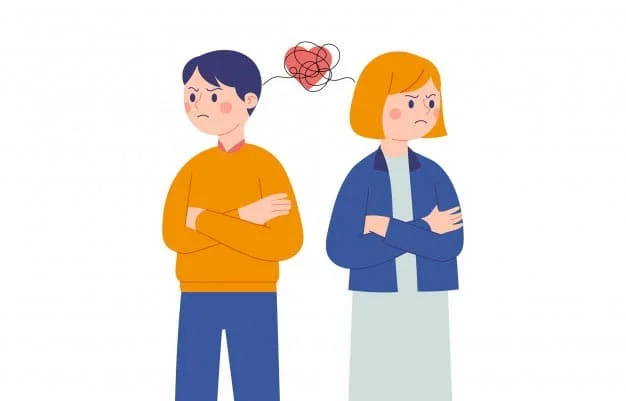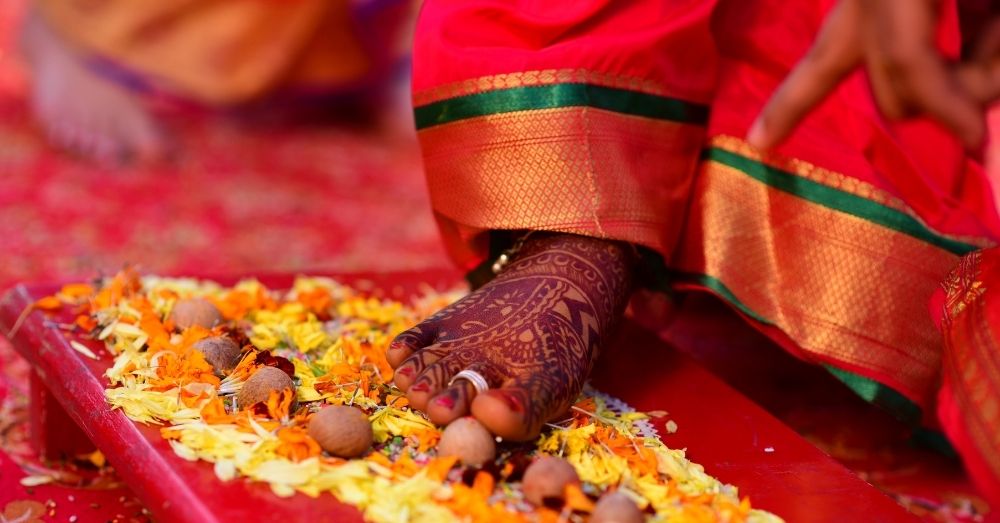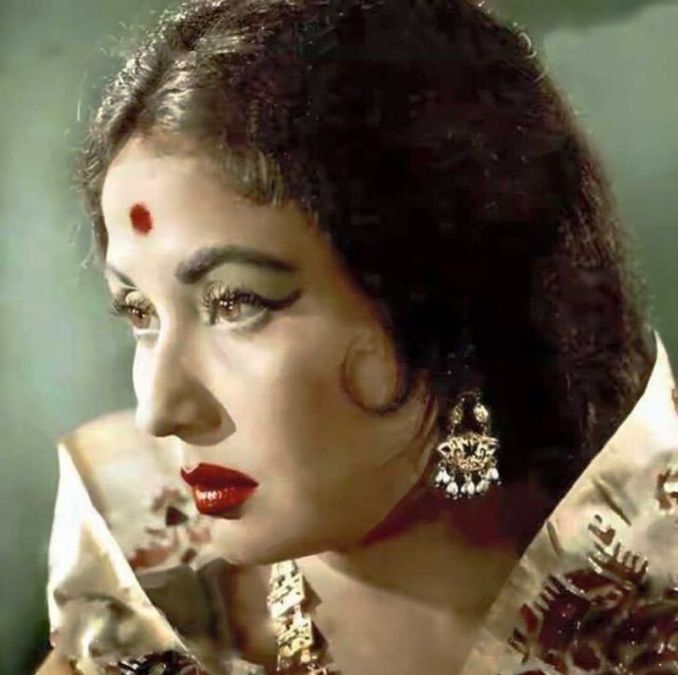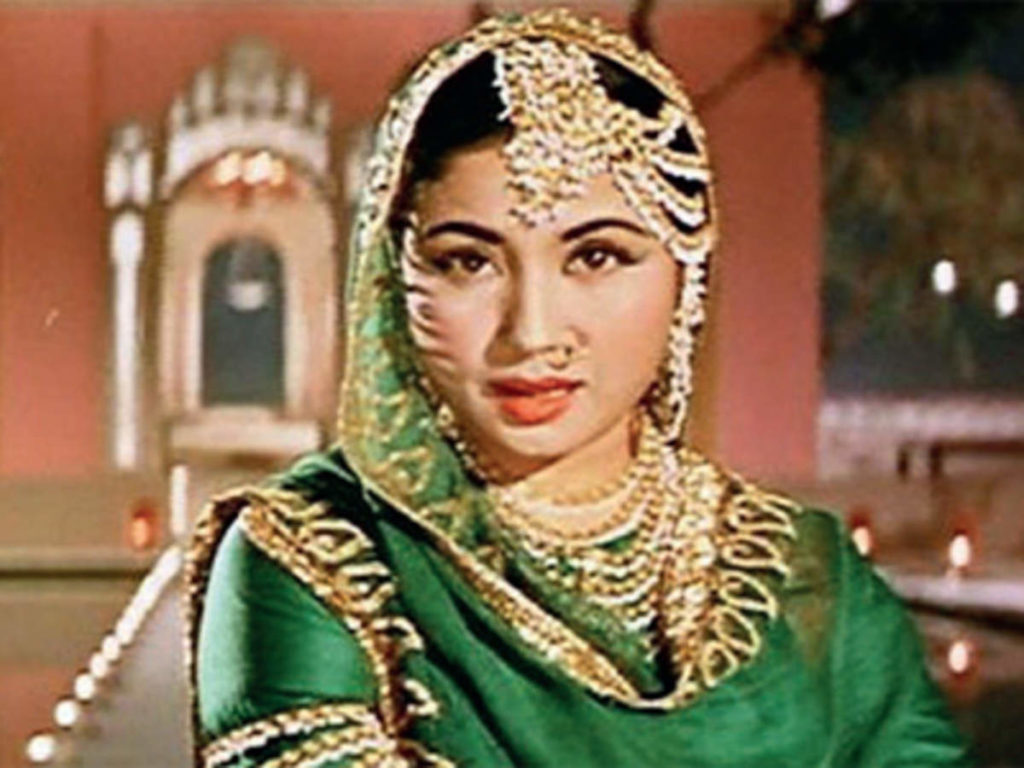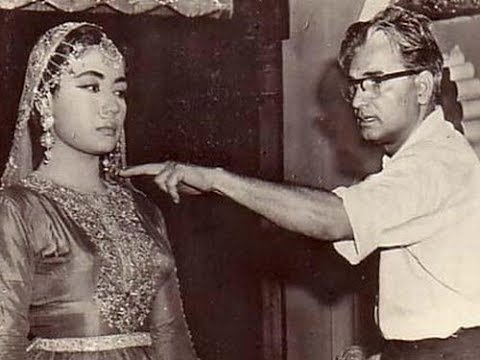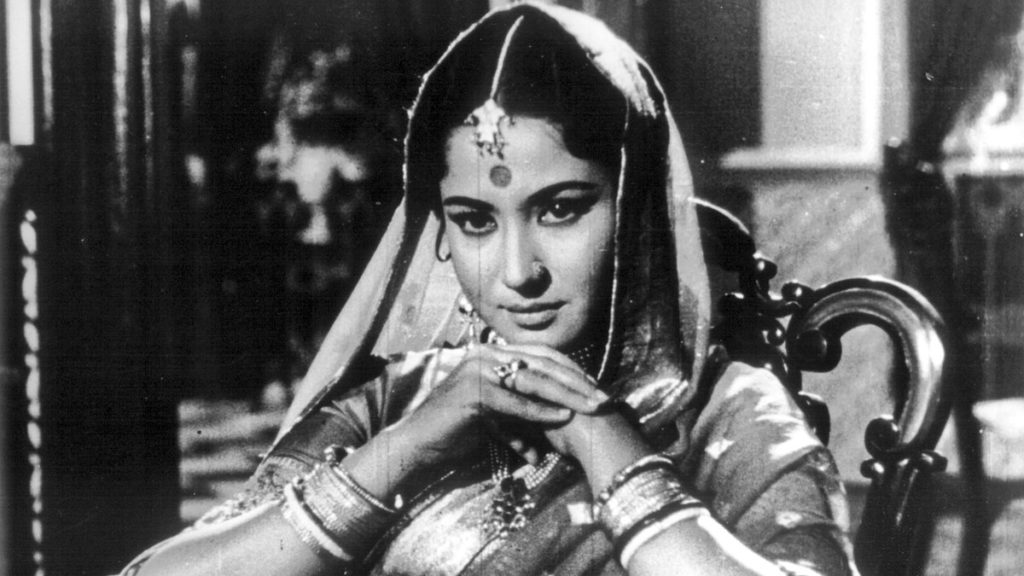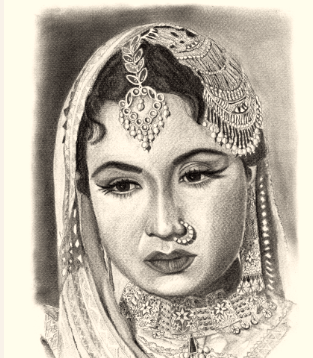By a Common Woman (Anonymous)
Each evening, when my husband comes home from work, he asks me, “How was your day today?” each day, I respond with a variation of, “Good. Got some work done. How was yours?”
We chat for about ten-fifteen minutes before he takes his pre-workout snack and rushes off to the gym. Sometimes, I go with him to the gym, but more often than not, I avoid it. I know he feels disappointed when I don’t end my exhausting workday with a challenging workout. I do too. But it’s hard for me to explain that by the time the clock strikes four or five or especially six in the evening, I am somewhat of a mess.
Technically, I should be fine. My life is going well. I have a job. I have a family. I am healthy. I have close friends who ask me how I am and actually wait for the response. And yet, the crushing weight of unspoken words between my husband and me makes me feel horribly sad. You see, when my husband asks me about my day, I do not want to respond with, “Good. Got some work done. How was yours?” I want to tell him each and every thought that passes through my head. I want to tell him that I checked my bank account twice today and daydreamed about how my life would be if I had more money. I want to tell him that I spent about forty-five minutes looking for the perfect flower vase on Amazon and saved a few on my cart. I want to tell him that I checked my weight this morning and later felt guilty about polishing off chocolate ice cream at lunch. I want to tell him that I skipped meditation today and wondered for the hundredth time if flying to Paris for a long-delayed honeymoon would solve our marital problems.
But I said none of these things today. And I know I will say nothing tomorrow. The part I feel most sorry about is that it is not in my nature to keep my mouth shut like this. Just ask my friends. I talk about everything – my hopes, disappointments, fears, everything. I like being an open book. In fact, I used to tell my partner everything when we first got married. But then one morning, I woke up and realized I was the only one baring my soul. This means today, when he asks me, “How was your day?”, I don’t tell him that I went to the bank for an errand, because I don’t even know in which banks he has accounts. I don’t tell him I am worried about not making enough money because he refuses to tell me his net monthly income. I engage in debates about investment strategies with my friends in finance that I never discuss aloud with my partner because he shuts me down. I hide my Whatsapp notifications because he not only keeps his phone top down at all times, but he even takes it to the bathroom every single time. I don’t tell him how excited I am to swap my credit card points for a flight ticket because who wants to open that can of worms? My husband and I don’t talk about credit cards or flight tickets. He simply tells me he has bought a flight ticket, and expects me to adjust my schedule.
No one told me marriage was easy. I was prepared to work hard, really, really, hard, to make my marriage work. But I was not prepared for secrets. I was not prepared for loneliness in a partnership, for the lack of transparency, for my partner making thrice as much money as me but never surprising me with a gift.I was not prepared for believing that he’s doing me a favor by paying for rent and minor expenses, all the while ensuring the rest of the financial burden falls squarely on my shoulders. I wasn’t prepared for refusing to go for couples’ therapy to address my mountain of resentments or for asking me to speak to his mother about a health scare, while never calling my parents.
Let me clarify, my husband is not a bad spouse. He unfailingly asks me about my day, every day. Unfortunately, he forgets my grievances as soon as I am done crying about them. He doesn’t question why I have nothing much to say about my days anymore, why I hide behind a new novel every week, why I never talk about my family and friends anymore, or why I don’t even bother fighting about the dozen things I used to earlier fight with him about. And the saddest of all, he snores through the night while I cry about the utter lack of marital connection lost to the silence, and then asks me in the morning, his face gleaming with happiness after a good night’s sleep, “Hey, so how’s your day looking today?”
- By ‘A Common Woman’


